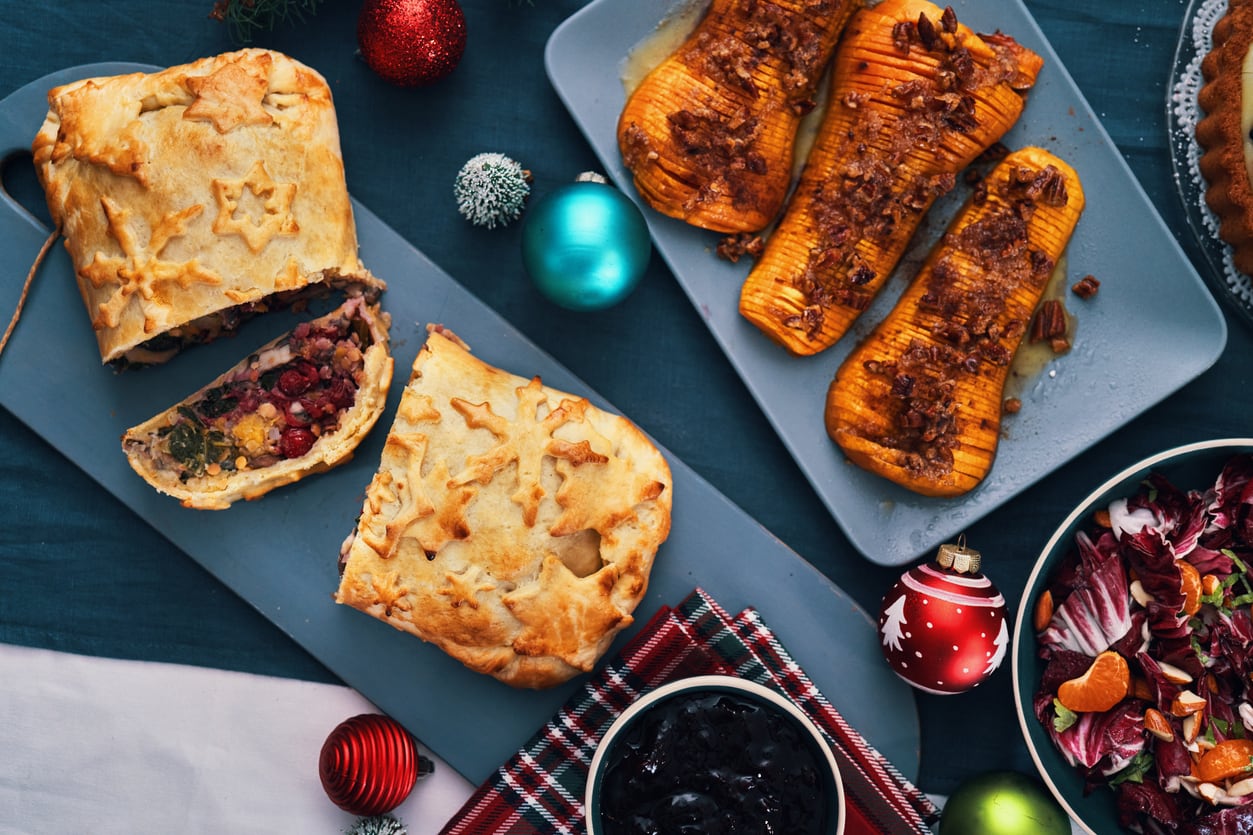All fermentation, for wine or beer, is the process of changing sugar into alcohol (technically ethanol or ethyl alcohol) and, as a by-product, carbon dioxide. The process has been going on for thousands of years; farmer picks grapes, and jumps up and down on them to release grape juice. Yeasts on the skins or floating in the air start eating the sugars turning them into alcohol. When the sugar runs out, or the must reaches a certain level of alcohol, the yeasts die off, leaving a delicious drink - wine!
It is only in the last hundred years that humans have learned how to control a fermentation. Nowadays many winemakers don’t rely on yeasts floating in the air, but add packets of commercial yeasts (like the powdered bread yeasts you buy in a supermarket) to make sure the fermentation proceeds according to plan. The strain of yeast they use can produce very different results. Other producers prefer to allow “wild” yeasts, those floating in the air, in what is called a spontaneous fermentation.
Most winemakers control the speed of fermentation through temperature. White wines, which are more delicate are often the result of a long slow cool fermentation, whereas reds are fermented more quickly at a higher temperature.
Most wines are fermented in large, temperature-controlled stainless-steel tanks. but a producer can use an open wooden vat, clay amphorae, or tanks made of cement or fibre glass. All of these produce different results.
READ MORE
To make matters a little more complicated, some wines go through a secondary fermentation, often called a malolactic fermentation. This process converts tart malic acid (like an apple juice) into malic acid (a milky acid) making the wine softer and less acidic. Most red wines go through a secondary fermentation, sometimes at the same time as the alcoholic fermentation, while fresh crisp acidic whites do not.


















